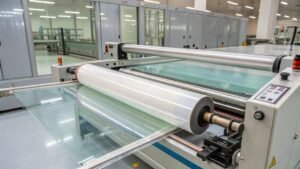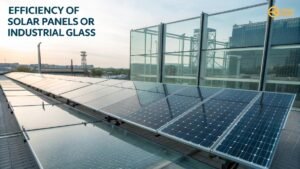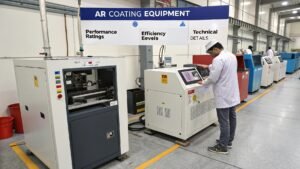The sun's glare can be intense, and solar reflective glass promises to combat this while improving energy efficiency. But is it truly a worthwhile investment for your building or solar panels?
Solar reflective glass significantly reduces heat gain and glare while maintaining visibility, making it highly beneficial for both architectural and photovoltaic applications. Its specialized coatings can enhance solar panel efficiency by 2.5% or more through anti-reflective properties.

Transition Paragraph:
Understanding the specifics of solar reflective glass helps determine its real value. Let's break down its key aspects to see how it fits different needs.
Do solar panels have anti-reflective coating?
Solar panels often suffer from light reflection, which can reduce their efficiency. This is where anti-reflective coatings (ARCs) play a crucial role.
Most modern solar panels feature anti-reflective coatings to minimize light reflection and maximize absorption. These coatings, particularly on photovoltaic glass, can increase light transmittance to 94.6%, boosting energy output significantly.
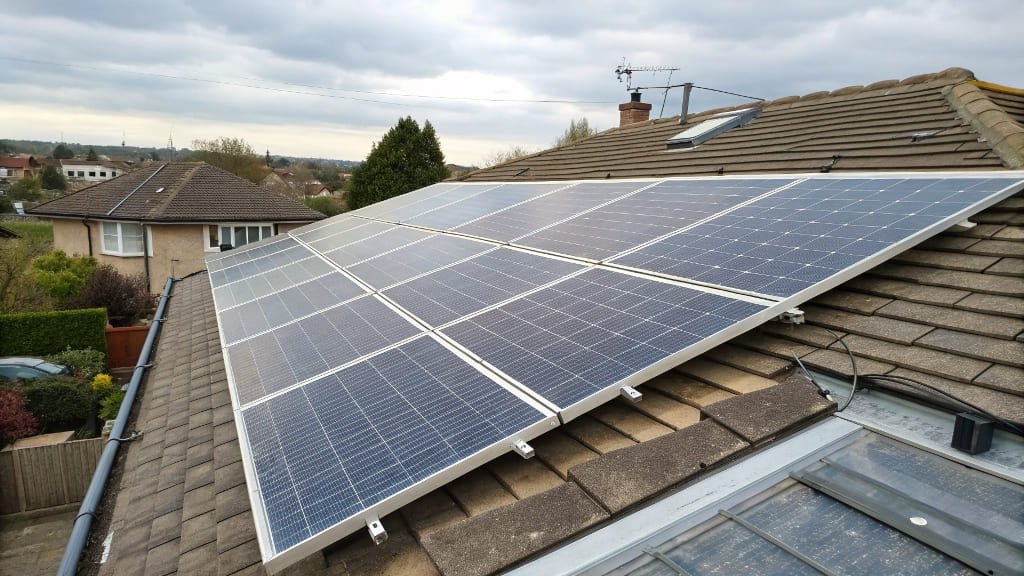
How ARCs Enhance Solar Panel Performance
Anti-reflective coatings are not just about reducing glare; they transform how solar panels interact with sunlight:
| Feature | Benefit | Technical Impact |
|---|---|---|
| Increased Light Transmittance1 | More sunlight reaches the solar cells | Up to 94.6% transmittance with double-layer ARC |
| Reduced Reflection2 | Less energy loss from bounced light | Improves overall panel efficiency by ~1.2% |
| Durability3 | Long-lasting performance even in harsh weather | Coatings maintain integrity under UV exposure and temperature swings |
| Compatibility | Works with various solar glass types | Effective on ultra-clear and textured glass surfaces |
For projects demanding peak performance, our photovoltaic glass ARC line delivers these advantages through precise wet coating technology. The process involves applying nano-coatings that create microscopic textures, trapping light rather than reflecting it away.
Is it worth getting anti-reflective coating on glass?
Beyond solar panels, anti-reflective coatings find use in everything from skyscraper windows to museum displays. But do the benefits justify the cost for these applications?
Anti-reflective coatings on architectural glass improve visual clarity (reducing glare by up to 70%) and thermal performance, making them valuable for energy-efficient buildings and spaces where visibility matters.
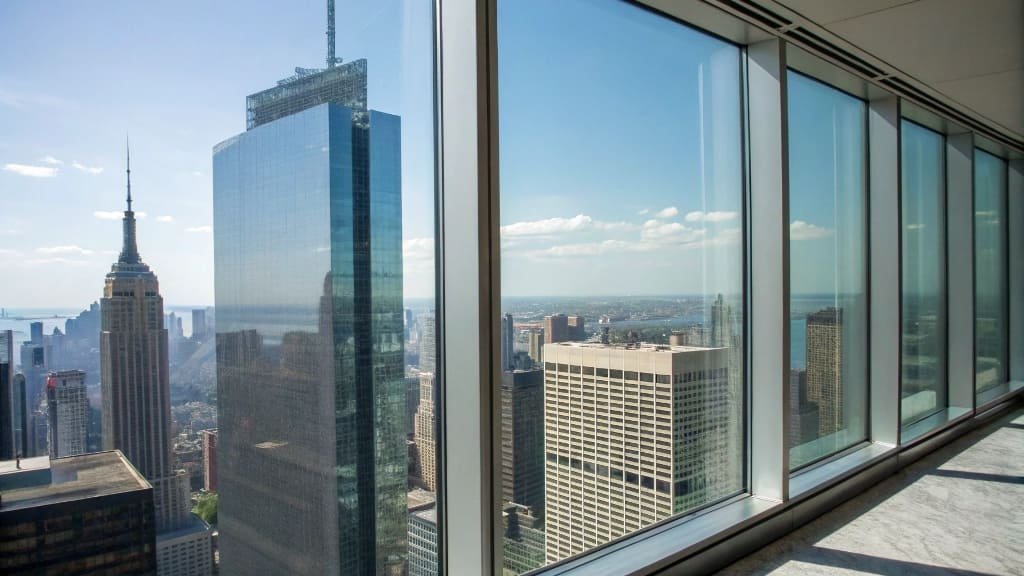
When AR Coating Makes Sense
Consider anti-reflective coatings4 for:
- Commercial buildings: Enhances occupant comfort5 while reducing cooling costs
- Retail spaces: Improves product visibility by eliminating distracting reflections
- Residential windows: Creates clearer views6 without the "mirror effect"
- Specialty applications: Museums, aquariums, and high-end displays benefit from nearly invisible glass
Our glass IR/UV shading coating line combines anti-reflective properties with infrared and ultraviolet blocking, creating multifunctional glass for modern construction.
Can I add anti-reflective coating to my existing glass?
Many property owners wonder if they can upgrade their current windows and glass installations with these advanced coatings.
While challenging, retrofitting anti-reflective coatings to existing glass is possible through specialized spray or dip coating techniques, though the durability may not match factory-applied coatings.
Retrofit vs. Replacement Considerations
| Approach | Pros | Cons |
|---|---|---|
| Field-applied coatings | Lower immediate cost, no glass removal | Shorter lifespan (3-5 years), potential uniformity issues |
| Complete replacement | Maximum performance and durability | Higher upfront cost, construction disruption |
| Hybrid solutions | Partial upgrades for critical areas | Balancing cost and performance |
For new constructions or major renovations, integrating ARC during manufacturing consistently delivers superior results. Our perovskite material coating solutions demonstrate how precision application ensures coating longevity.
How do you stop solar panel glare?
Solar farms and rooftop installations sometimes face complaints about blinding glare. Several effective solutions exist to mitigate this issue while maintaining energy production.
Strategic panel positioning, anti-reflective coatings, and specialized glass treatments can eliminate up to 95% of solar panel glare without compromising efficiency.
Comparing Glare Reduction Methods
-
Anti-reflective coatings
- How it works: Microscopic surface structures diffuse reflected light
- Effectiveness: Reduces glare by 70-80%
- Best for: All installations, particularly in urban areas
-
- How it works: Tilts panels to direct reflections away from viewers
- Effectiveness: Dependent on site-specific calculations
- Best for: Ground-mounted systems with adjustable racks
-
- How it works: Surface patterns scatter reflected light
- Effectiveness: Moderate glare reduction (50-60%)
- Best for: Large-scale solar farms
For solar projects requiring both high efficiency and minimal glare, our thin film CdTe PV technology offers an excellent balance through its matte-finish glass surface.
Conclusion
Solar reflective glass delivers measurable benefits for energy efficiency and comfort, especially when incorporating quality anti-reflective coatings during manufacturing.
-
Understanding increased light transmittance can help you grasp how ARCs boost solar panel efficiency and performance. ↩
-
Exploring reduced reflection will reveal how ARCs minimize energy loss, enhancing solar panel output. ↩
-
Learning about durability in solar panels can inform you about the longevity and reliability of your solar investment. ↩
-
Explore how anti-reflective coatings can enhance comfort and visibility in various architectural applications. ↩
-
Understanding occupant comfort can lead to better building designs that enhance well-being and efficiency. ↩
-
Discover how coatings can improve residential window views and overall aesthetics, making homes more enjoyable. ↩
-
Learn about the advantages of panel angling in optimizing solar energy systems and minimizing glare. ↩
-
Discover how textured glass can improve performance in large-scale solar applications by reducing glare. ↩


